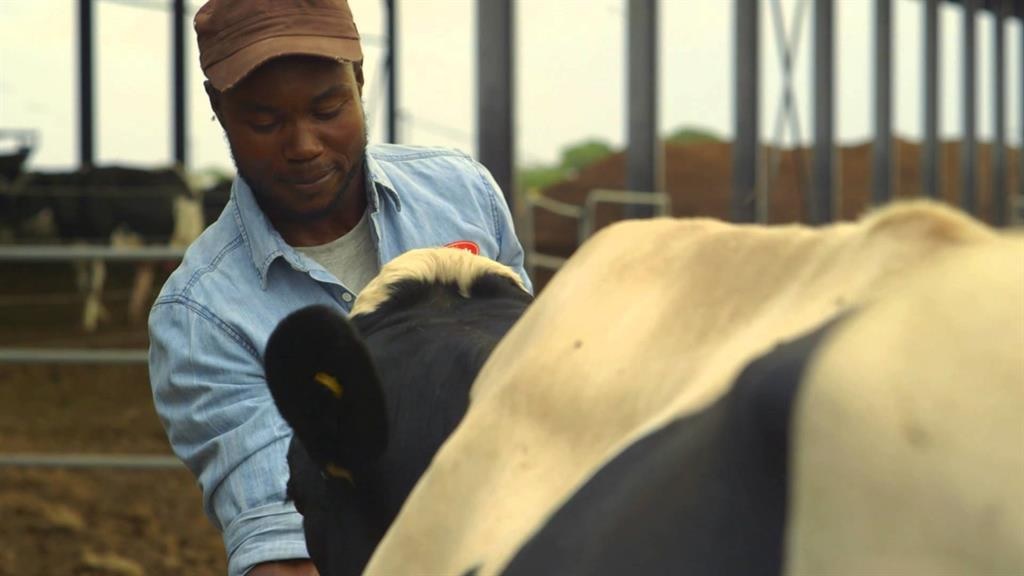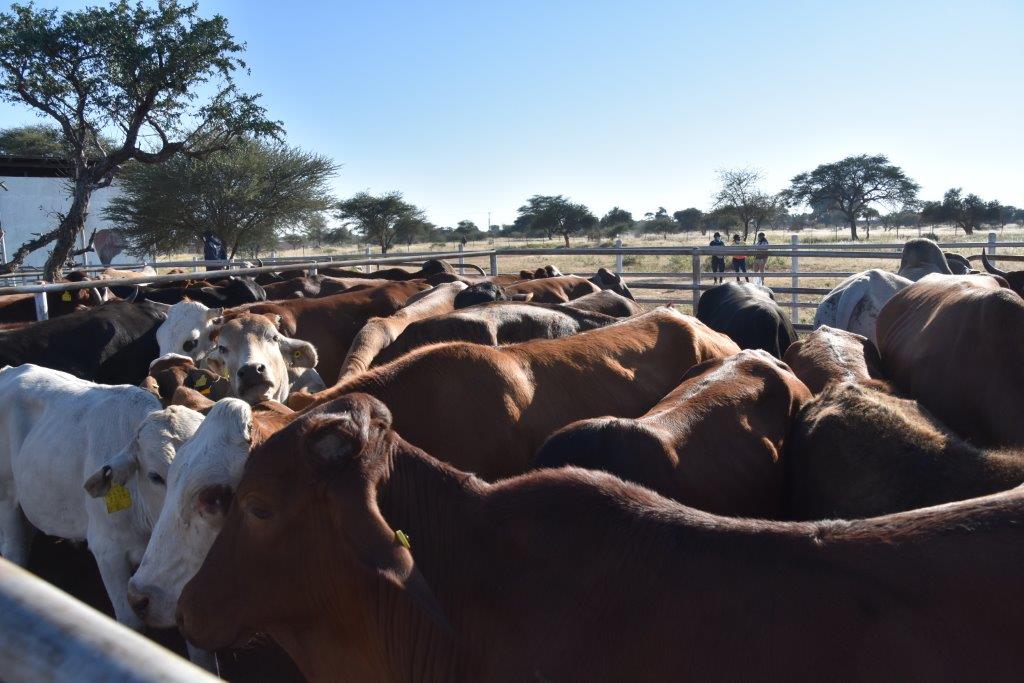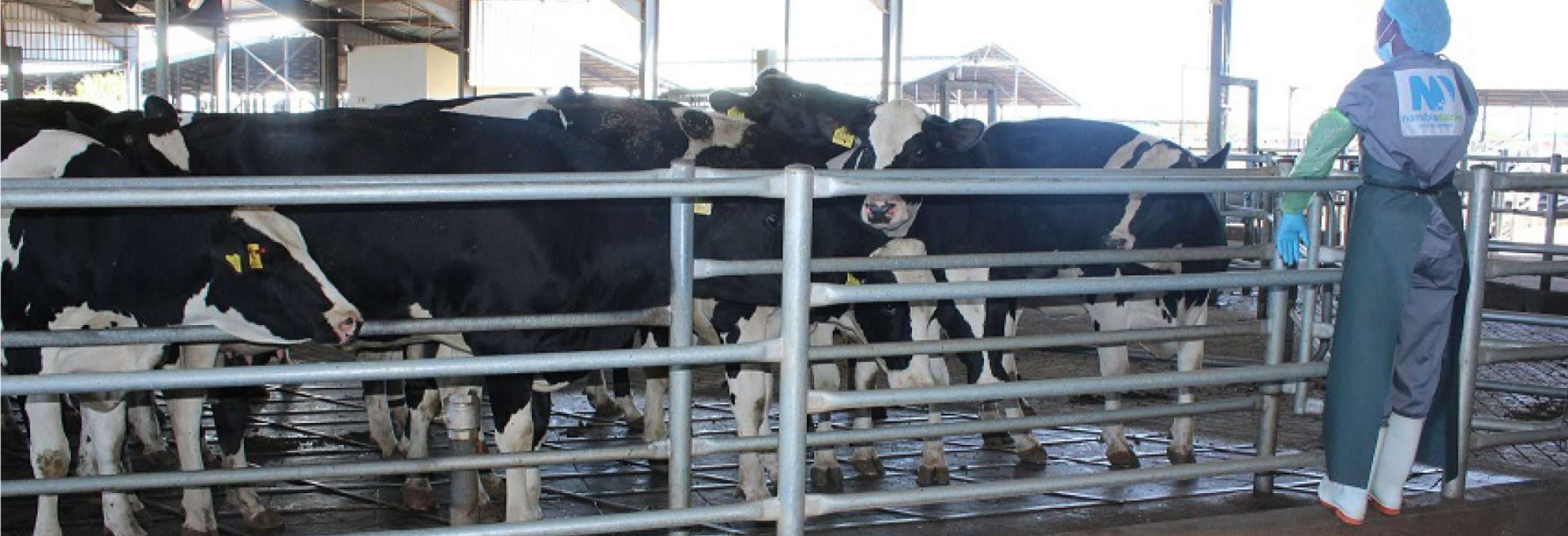Raw milk production declines by 37.8%
High fodder prices affect production
Government needs to come to the party to save the dairy industry, farmers said.
The production of raw milk decreased significantly by 37.8% from 24.1 million litres produced in 2016 to 15 million litres produced in 2021.
Dairy Producers Association (DPA) chairman Dirk van Wyk said the dairy industry urgently needs government intervention to ensure its sustainability going forward.
“We do not have the luxury of time.”
He added that raw milk volumes of 17.2 million litres supplied in 2020 declined by 12.9% when compared to the 2021 volumes.
“Due to the good rains received, the production of milk for the first six months of 2022 was better than that of 2021 [January to June] by 8.5%.
The volumes produced were 7.1 million litres in 2021 and 7.8 million litres in 2022 [over the same period].”
He explained that the dairy sector is cost intensive and 71% of the production cost is feed.
Over the past few years, the high cost of fodder production made dairy production in Namibia less competitive, and therefore farmers opted to use spent grain, Van Wyk said. This is a by-product of beer brewing, sourced from Namibia Breweries Limited (NBL).
“The state-of-emergency declaration on the Covid-19 pandemic prohibited the sale of alcohol, making spent grain unavailable.”
This non-availability had a negative effect on feed costs as some farmers had to change dairy rations to supplement for spent grain, he said.
“Thereafter, increased production of beer brewing made spent grain available again.”
Last ones standing
He said it is important to note that domestic, regional and global markets have been battling with the rising prices of oils and fats, urea and phosphate due to a disruption in production and weaker purchasing price by the pandemic.
The Russia-Ukraine war further heightened prices, spiked oil and fuel prices and created more uncertainty, which also affected the dairy sector.
There are only 10 dairy producers left in Namibia, which includes the Namibia Dairies Aimab Superfarm, he said.
“Last year, two producers had to leave the industry, shrinking an already small industry further. We should be cognisant that the industry is a cost-intensive system. The cost of feed in an intensive production system is estimated to be around 76.5% and in an extensive production system about 63.9%.”
Van Wyk said because so much of the production cost comprises of feed, drastic increase in inputs such as fertiliser and fuel prices - as seen on domestic, regional and international fronts - have had a huge impact on the cost of production of raw milk.
Sector requires protection
Comparing the second quarter of 2021 to the second quarter of 2022, feed cost increased by 18.9%, while fuel prices increased drastically by 46.5% year-on-year. This resulted in total expenses moving upwards by 23.7% year-on-year.
“This while producers’ income had little to no changes since 2014 to date, showing a constant trend. Dairy is a net importing sector that requires protection, which is currently not in place.”
The farm gate price was on average N$6.20 per litre in 2020, which is about the same price in 2022, he said.
Van Wyk added that the dairy sector has made a request to be included under the Meat Industry Act, and the process is at an advanced stage, having been submitted to Cabinet.
“This gives hope to the entire sector in terms of long-term planning.”
Dairy Producers Association (DPA) chairman Dirk van Wyk said the dairy industry urgently needs government intervention to ensure its sustainability going forward.
“We do not have the luxury of time.”
He added that raw milk volumes of 17.2 million litres supplied in 2020 declined by 12.9% when compared to the 2021 volumes.
“Due to the good rains received, the production of milk for the first six months of 2022 was better than that of 2021 [January to June] by 8.5%.
The volumes produced were 7.1 million litres in 2021 and 7.8 million litres in 2022 [over the same period].”
He explained that the dairy sector is cost intensive and 71% of the production cost is feed.
Over the past few years, the high cost of fodder production made dairy production in Namibia less competitive, and therefore farmers opted to use spent grain, Van Wyk said. This is a by-product of beer brewing, sourced from Namibia Breweries Limited (NBL).
“The state-of-emergency declaration on the Covid-19 pandemic prohibited the sale of alcohol, making spent grain unavailable.”
This non-availability had a negative effect on feed costs as some farmers had to change dairy rations to supplement for spent grain, he said.
“Thereafter, increased production of beer brewing made spent grain available again.”
Last ones standing
He said it is important to note that domestic, regional and global markets have been battling with the rising prices of oils and fats, urea and phosphate due to a disruption in production and weaker purchasing price by the pandemic.
The Russia-Ukraine war further heightened prices, spiked oil and fuel prices and created more uncertainty, which also affected the dairy sector.
There are only 10 dairy producers left in Namibia, which includes the Namibia Dairies Aimab Superfarm, he said.
“Last year, two producers had to leave the industry, shrinking an already small industry further. We should be cognisant that the industry is a cost-intensive system. The cost of feed in an intensive production system is estimated to be around 76.5% and in an extensive production system about 63.9%.”
Van Wyk said because so much of the production cost comprises of feed, drastic increase in inputs such as fertiliser and fuel prices - as seen on domestic, regional and international fronts - have had a huge impact on the cost of production of raw milk.
Sector requires protection
Comparing the second quarter of 2021 to the second quarter of 2022, feed cost increased by 18.9%, while fuel prices increased drastically by 46.5% year-on-year. This resulted in total expenses moving upwards by 23.7% year-on-year.
“This while producers’ income had little to no changes since 2014 to date, showing a constant trend. Dairy is a net importing sector that requires protection, which is currently not in place.”
The farm gate price was on average N$6.20 per litre in 2020, which is about the same price in 2022, he said.
Van Wyk added that the dairy sector has made a request to be included under the Meat Industry Act, and the process is at an advanced stage, having been submitted to Cabinet.
“This gives hope to the entire sector in terms of long-term planning.”






Comments
Namibian Sun
No comments have been left on this article